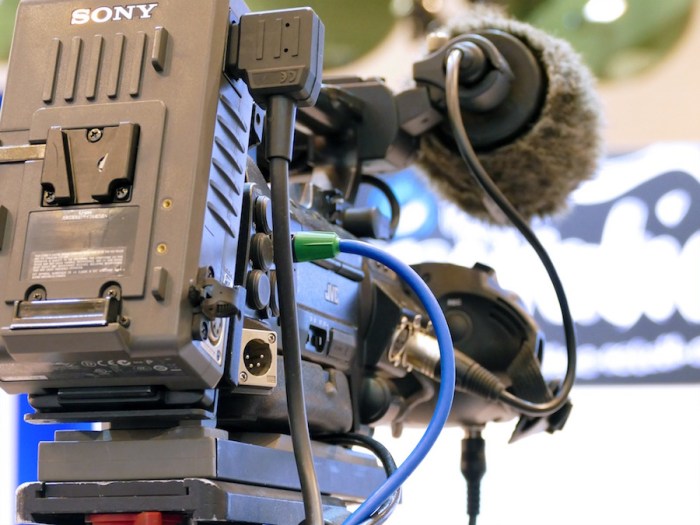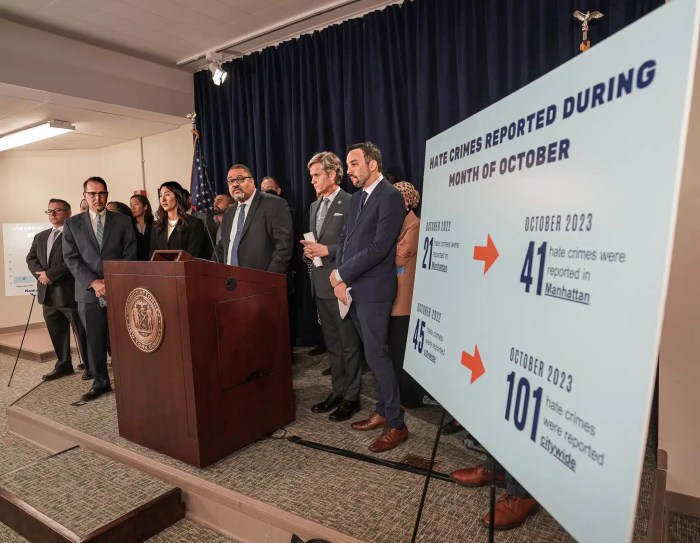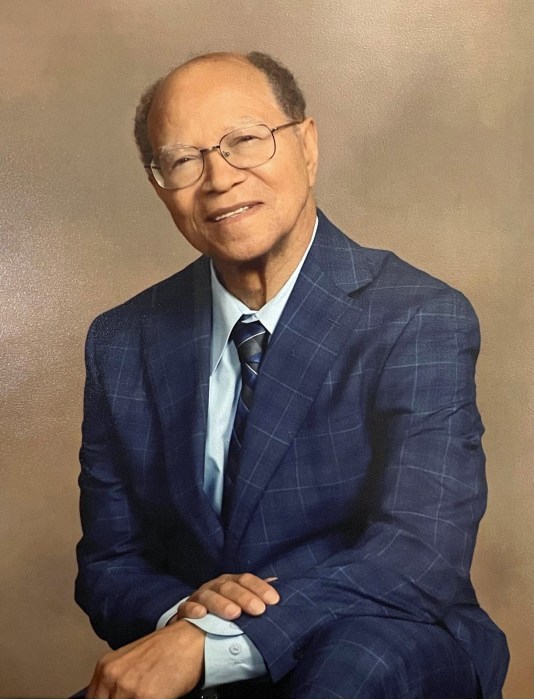When Fred Watson had his stroke he thought it was just a passing leg cramp.
Collapsing to the ground, it wasn’t until Watson couldn’t pick himself up, or feel his face, that he realized something was wrong.
”Fortunately I had my cell phone nearby, and I lay there on my side, hit the button and dialed 911,” Watson recalled. “They asked if I could come down stairs to open the door and I said ‘no.’ The young lady on the line told me to hang on and that they would find me — and sure enough I could hear them downstairs. They broke into our house!” A year and four months later, Watson, who lost the ability to control the right side of his body, is sitting in an ornately crafted room that’s been stuffed to the brim with robotic arms and computers while classic rock pours from some unseen speakers. Watson, however, isn’t using any of these larger devices, instead he’s sitting in front of a tablet computer with his right arm resting on a chair, and his hand carefully and deliberately turning, rotating and flipping above a small black sensor the size of a wine cork. Watson’s hand is controlling the movement of a plane on the tablet’s screen, each turn of his hand guiding the plane through a colored ring on the screen. This video game is Watson’s stroke therapy, a new experimental method that the Burke Medical Research Institute in White Plains New York is spearheading.
“I was really interested in trying to develop something that was easy to use very low-cost kind of fun and hopefully would help people get better,” Dr. David Putrino, director of telemedicine and virtual rehabilitation at Burke told Metro. Putrino explained that he found the “low-cost” and “fun” answer in a developmental collaboration with programmers from City College New York. The result of the collaboration was a game that uses an infrared motion sensor called Leap Motion to track the movement of patients’ arms and hand as they complete tasks in the game. Although the idea of controlling a plane’s direction through rings may sound simple, for those in therapy it can be difficult. “The game automatically calibrates to your ability level and allows you to play no matter how impaired you are. Patients had the same amount of fun playing even if they were really severely impaired,” said Dr. Putrino. “The thing that was really great to see was that they actually improved. Six weeks of not very intense therapy saw significant improvements in measurements of upper limb function!” According to Dr. Putrino, there are various and sometimes opposing theories on how to treat stroke survivors regain movement. For instance, one method calls for patients to not move at all unless a therapist is present, and the other encourages the patient to move as much as possible. What Dr. Putrino says both methodologies lack is evidence, something that his digital method provides plenty of. Watson is one of a small group of patients Putrino and his researchers have been working with and he counts himself lucky. “I have to say that this kind of therapy is new to me and its really working,” Watson explained. “I know from other patients in the hospital with me, who aren’t as fortunate as I am to get this therapy, they’ve gone through six weeks of work in other therapy and went home and were stuck having to figure the rest out on their own.” Dr. Putrino is looking to change that and take this therapy beyond the lab at Burke. “What we’re really excited about is that we can move beyond the idea that people have to come to a centralized hub for rehabilitation. Because of the way we’ve designed this system patients can communicate with their therapist [from home]. All of that can be completed for a really low cost because this technology is really affordable and accessible right now.” As for Fred Watson? His dream is simpler: “I want to be able to sign my name again,” he said with a smile. “ I’m right handed and thats the hand that’s been affected. I know I’ve gotten a lot closer, just to sign my name.” Matt Lee is a Web producer for Metro New York. He writes about almost everything and anything. Talk to him (or yell at him) on Twitter so he doesn’t feel lonely@mattlee2669.


















